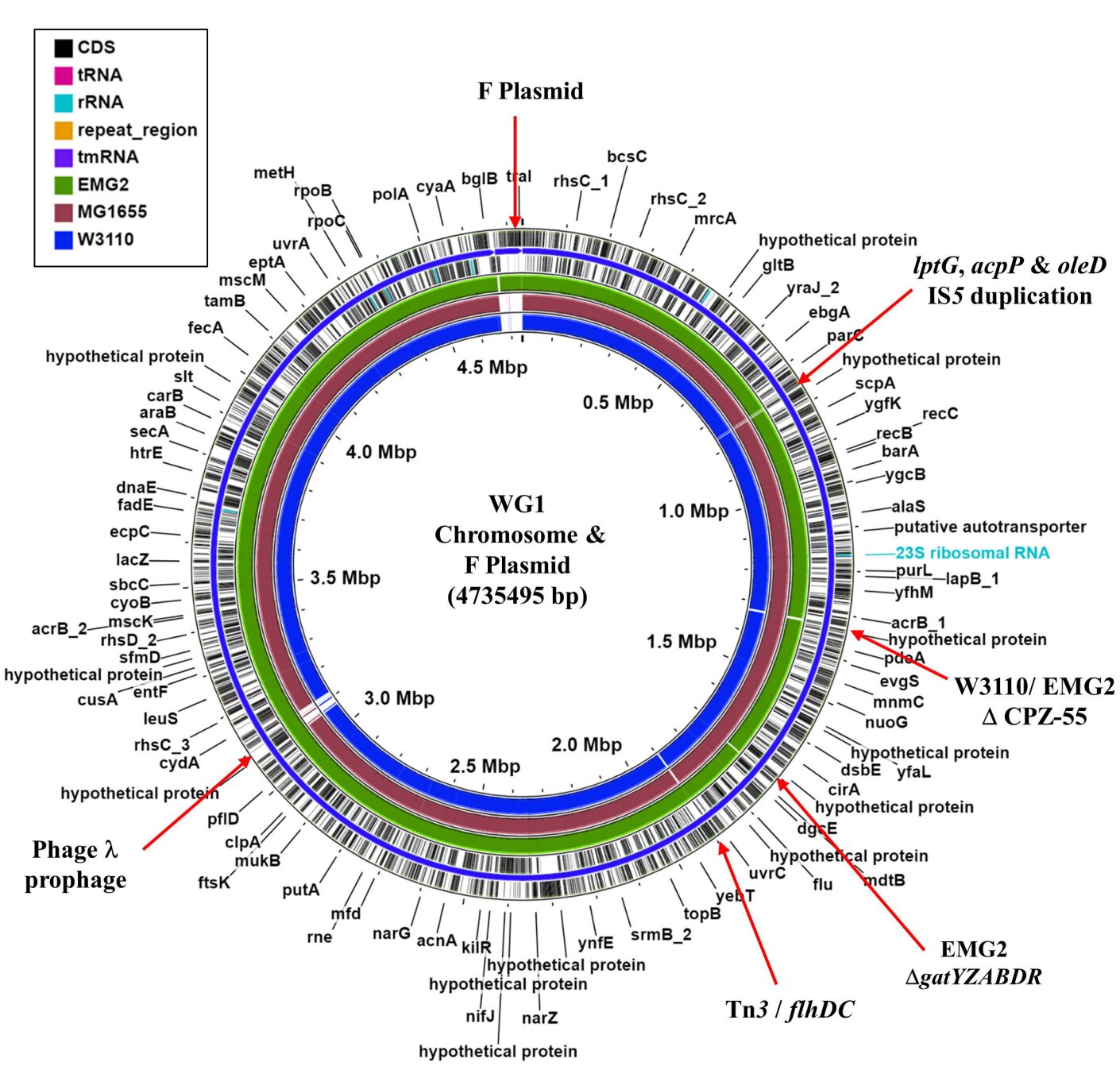Have model organisms evolved too far?
Date: 13.2.2023
A model organism used in laboratories for the past 100 years has evolved so extensively that it may no longer be fit for purpose.
 According to a new study, published in Microbial Genomics, the bacterial strain Escherichia coli K-12 has been repeatedly cultured and mutated, resulting in an organism that carries many genetic changes compared to the original isolated bacteria.
According to a new study, published in Microbial Genomics, the bacterial strain Escherichia coli K-12 has been repeatedly cultured and mutated, resulting in an organism that carries many genetic changes compared to the original isolated bacteria.
The research team, from Aston University, and the Universities of Birmingham and Nottingham, made their discovery after re-examining the early preserved samples and looking at the base sequence of their DNA. They found a large number of differences at the DNA sequence level, and the differences are bigger when they examined currently used stocks that derived from the original samples. The work underscores the dangers of using one strain as a sole model. It also confirms that bacterial sequences evolve over short time scales.
Lead author Doug Browning, of the School of Biosciences at Aston University, said, "The past 10 years have seen a massive amount of bacterial genome sequencing and the picture that is emerging is that bacterial genomes change very fast. This was unimaginable 100 years ago, and, of course, this is why folk back then were quick to adopt the K-12 strain as the model for everything."
The strain of bacteria in the study was originally isolated in 1922 from the feces of a recuperating diphtheria patient at Stanford University, in California. The strain was preserved and over time it, and many derivatives, were distributed to research laboratories around the world for use by researchers looking to understand the workings of living cells at the molecular level.























